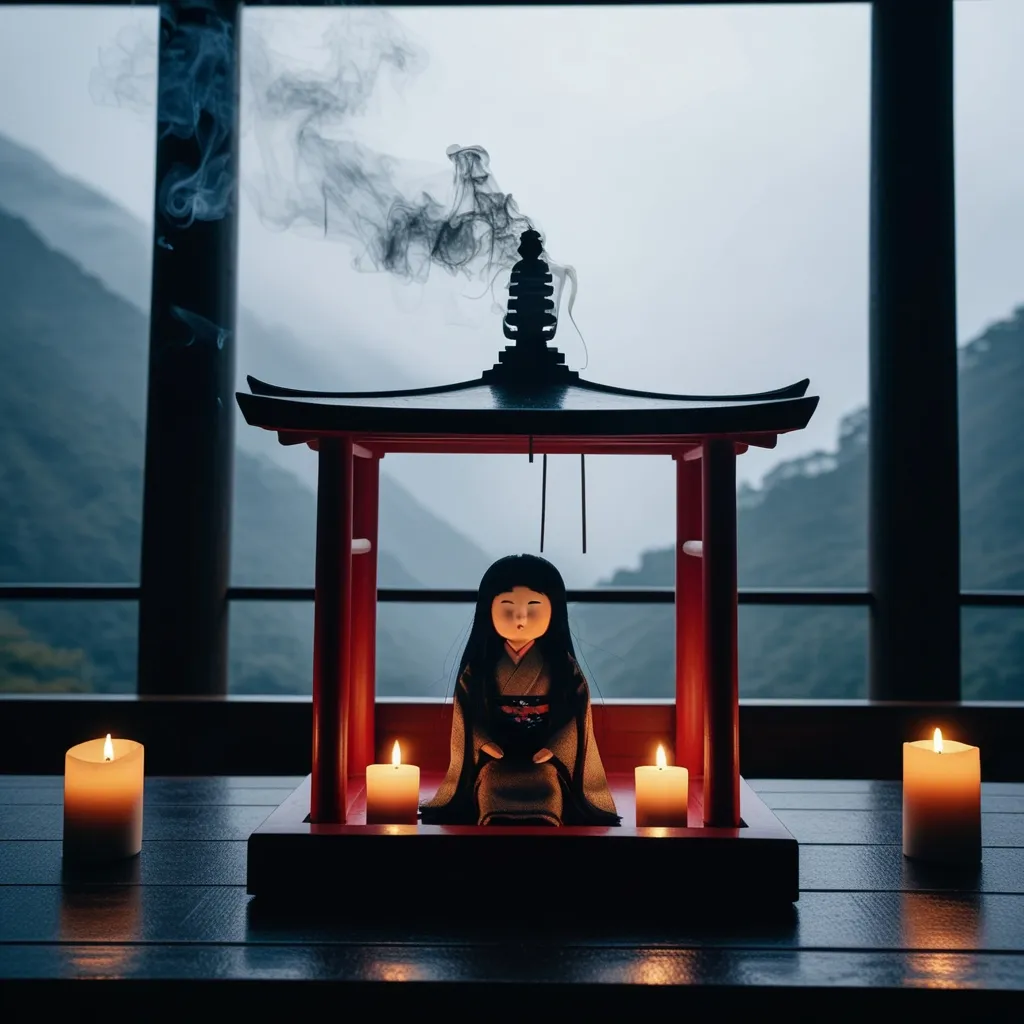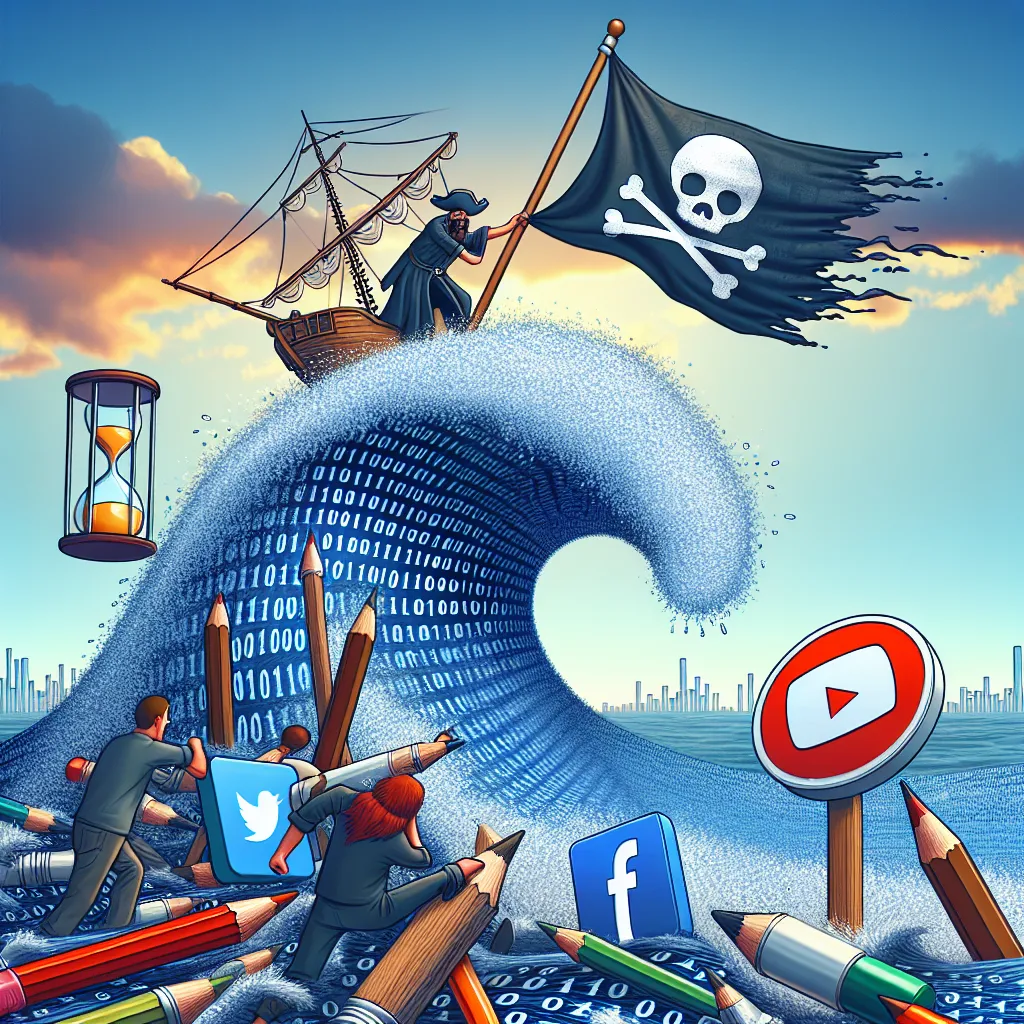In 2010, a mysterious computer virus named Stuxnet was found in the control systems of factories, power plants, and nuclear reactors worldwide. This virus, much more complex than any known before, had the power to disrupt vital infrastructure, including oil pipelines and power grids. The discovery pointed to a massive cybersecurity threat.
In early 2010, inspectors noticed unusual chaos at the Natanz uranium enrichment plant in Iran—centrifuges were destroying themselves inexplicably. Around the same time, a Belarus-based security company was investigating a client’s strange computer issues in Iran. They uncovered a unique virus affecting systems globally: Stuxnet.
Stuxnet’s complexity and size—500 kilobytes compressed, 1.2 megabytes uncompressed—set it apart from typical viruses. It could infiltrate highly-secure computers without triggering any alarms, thanks to stolen valid digital certificates from trusted sources like JMicron and Realtek, companies whose software is commonly used, making this virus even more alarming.
Upon infecting a system, Stuxnet sought out and infected USB drives and storage devices, exploiting what’s known as a zero-day vulnerability—a rare and valuable flaw unknown to software developers and security experts. Stuxnet contained four zero-day exploits, a record in malware history.
The virus targeted Siemens PLCs (Programmable Logic Controllers), crucial in operating industrial machinery, including those in nuclear facilities. By changing the speed of uranium centrifuges, Stuxnet caused them to fail without immediate detection, setting back Iran’s nuclear program significantly.
Stuxnet’s level of sophistication and financial backing indicated a state-sponsored development. Although no country officially claimed responsibility, it’s widely believed to have been the work of U.S. and Israeli intelligence aiming to hinder Iran’s nuclear ambitions.
Despite the damage caused, Stuxnet’s ultimate fallout posed a more significant threat: the public release of its code. Cybercriminals could and did tinker with it, leading to new and potentially more dangerous malware like the Flame and Industroyer viruses, which targeted various countries’ critical infrastructure.
The Stuxnet incident underscored a shift in global power dynamics. Nations now wield cyber weapons that can cause physical damage, capable of impacting vital services and infrastructure. This cyber arms race raises concerns about security and international peace, as nations grapple with both offensive and defensive cyber operations.
Realizing the catastrophic potential of such cyber tools, governments are urged to regulate the creation and use of malware like Stuxnet. Until then, we must rely on hope and the competency of our cybersecurity measures to protect us from this invisible but very real threat.






